Mount Stewart
National Trust
Learn more
Historic Houses, Global Crossroads Project Partner
Based in County Down, Northern Ireland, Mount Stewart within 950 acres of formal gardens, lawns, woodlands, on the shore of Strangford Lough. Home to the Marquesses of Londonderry for over 250 years, the house is connected to many significant events in European history, from the Congress of Vienna to the First World War.
The estate dates back to 1744 when the Stewart family came from Scotland to Donegal as part of the Jacobean Plantation of Ulster. Alexander Stewart and his wife, Mary Cowan, bought a large area of land in County Down, part of which became Mount Stewart demesne. Mary had inherited a fortune from her brother, Robert Cowan, who was in the East India Company, and was Governor of Bombay.
In the 1780s the modest house was extended into a long low two-storey house by Alexander’s son, Robert. Robert also built a walled garden and farm buildings further inland, and commissioned James ‘Athenian’ Stuart to design the Temple of the Winds (1782–5), one of the finest small neo-classical buildings in Ireland.
Through his political connections and marriage, Robert rose through the political ranks, becoming Earl and subsequently Marquess of Londonderry.
It was Robert’s son, best known as Viscount Castlereagh, who chose the architect George Dance, founder-member of the Royal Academy and pioneer of Neo-classicism, to design a new wing for Mount Stewart which included a series of reception rooms built around 1804–06.
The main block of Mount Stewart, with a giant portico fronting a balustrade entrance court, was built for the 3rd Marquess of Londonderry in the mid-1840s, possibly to designs by the Irish architect William Vitruvius Morrison. The interiors of Mount Stewart range from the splendid, monumental Ionic hall and drawing room to Dance’s more sophisticated work, especially his music room, with an inlaid floor of oak and mahogany surrounded by bog fir, and the beautiful domed staircase hall. Much of the house was refurnished in the 1920s and 1930s by Edith, Lady Londonderry, wife of the 7th Marquess and redecorated in the 1950s. Three years of extensive restoration work was carried out by the National Trust, from 2012 to 2015.
The extensive gardens at Mount Stewart were developed and expanded by Edith (Lady Londonderry) in the early 20th century, building on a pre-existing historic 18th and 19th century landscape. Lady Londonderry experimented with elaborate planting schemes, amassing an unrivalled collection of rare plants from South America, South Africa, and Australia, which have thrived in Mount Stewart’s unique microclimate of warmer weather, low rainfall, and little frost.
Strangford Lough is one of only three designated Marine Nature Reserves in the United Kingdom and home to over 2,000 marine creatures, as well as more than 70,000 seabirds that migrate here over winter.
Mount Stewart is an exceptional example of the Irish demesne, intended to be both beautiful and productive, with woodland, orchards and farmland providing for the needs of the household. Acquired by the Stewarts in 1744, the woodlands, estate roads, the bridle paths, follys and farmland remain unchanged.
Quick Links
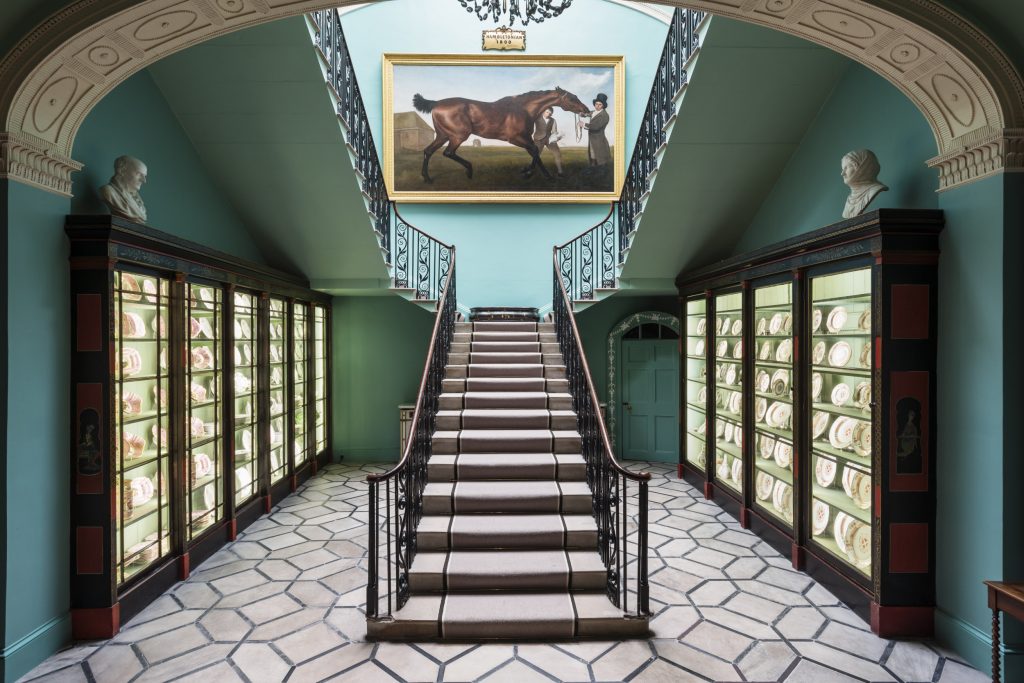
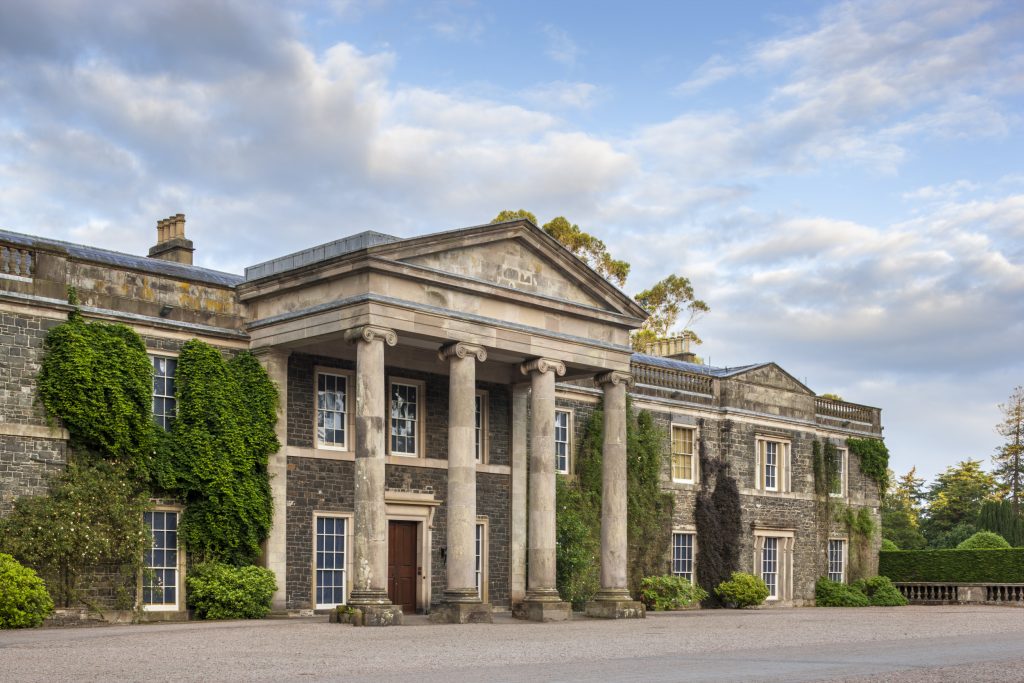
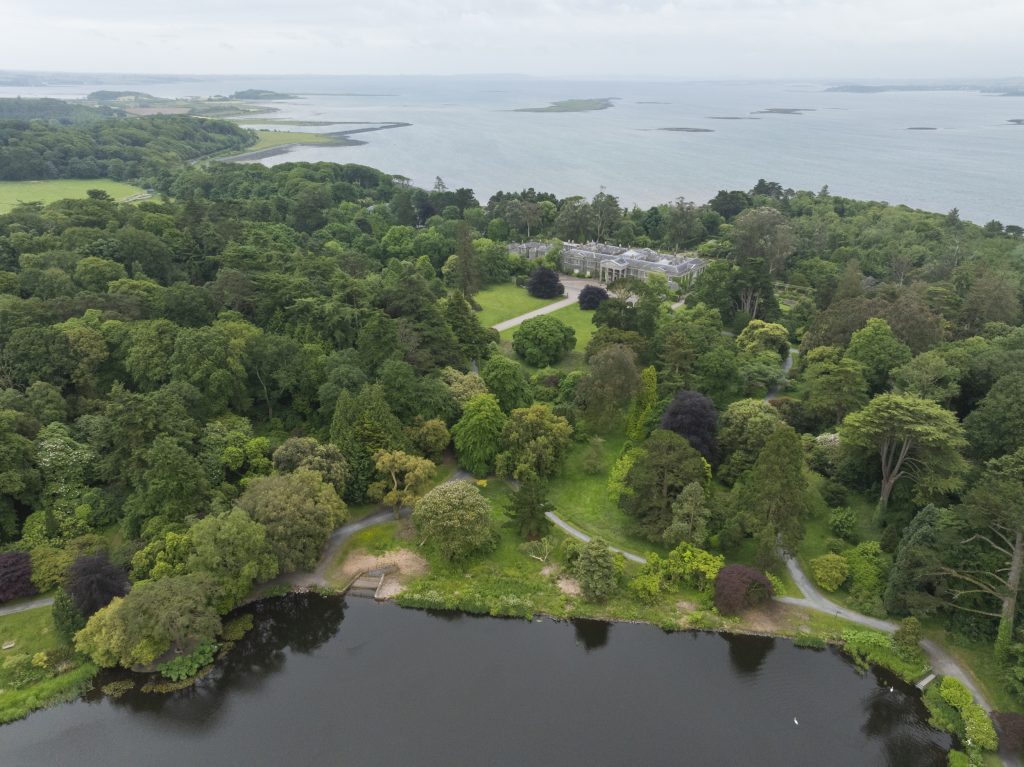
Find out more about Mount Stewart and its history on the National Trust website using the links below:
Mount Stewart │ Northern Ireland | National Trust
Mount Stewart | History of Mount Stewart
Research Programmes
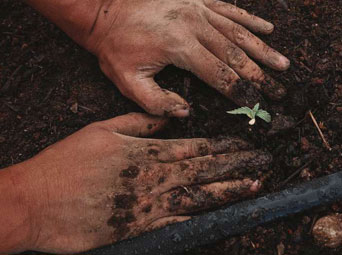
Connecting Cultures
A collaborative project revealing how historic sites can position themselves as global crossroads, enabling multiple global publics to connect their lived experience with them.
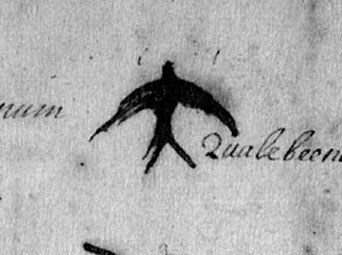
Diplomacy and Treaties
International collaboration revealing globally significant cultures of diplomacy between the Crown, the Haudenosaunee and their neighbours in North America.
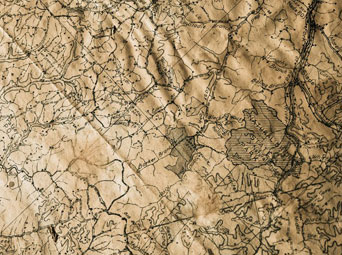
Digital Storytelling
Digital resources that involve the public, advance research, energise teaching, and drive knowledge exchange, built in partnership with the UK’s foremost research software engineers.
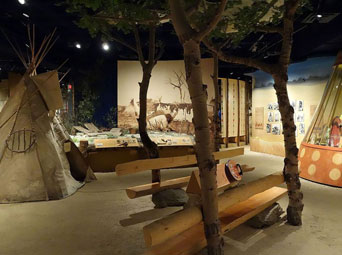
Resource Use and Environmental Futures
Water Cultures in Conflict at Pebble Mine, Bristol Bay, Alaska
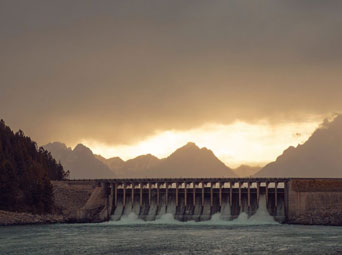
Political Ecologies
Timely interventions that examine the power relations between Indigenous actors and the world’s most pressing environmental challenges.

Completed Projects
Timely interventions that examine the power relations between Indigenous actors and the world’s most pressing environmental challenges.


